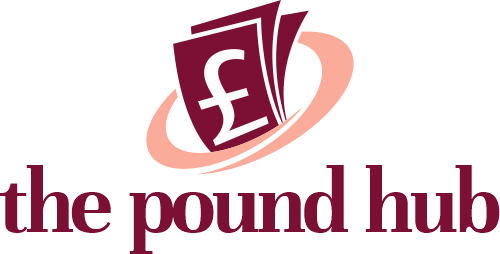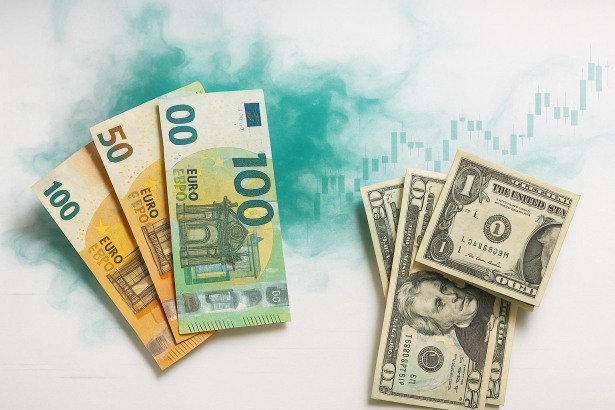The Australian Dollar (AUD) trades well on the back foot in quite a negative start to the new trading week, with AUD/USD retreating to the 0.6500 neighbourhood in a context dominated by the resumption of the buying interest around the US Dollar (USD).
In the meantime, the US Dollar Index (DXY) manages to add to Friday’s marginal uptick and flirts with three-day highs in the 99.50-99.60 range.
Australia’s economy: Holding on for now
Australia’s economy isn’t exactly roaring, but it’s holding up better than many expected. The October PMIs painted a mixed picture: manufacturing slipped back below the 50 line to 49.7 (from 51.4), while services edged up to 53.1 (from 52.4).
Retail Sales were up 1.2% in June, and the September trade surplus widened to A$3.938 billion. Business investment improved in Q2, helping GDP grow 0.6% QoQ and 1.1% YoY, nothing flashy, but steady enough.
The labour market added to the sense of resilience: October’s Unemployment Rate dipped to 4.3% (from 4.5%), and Employment Change surprised on the upside at +42.2K. After a softer run previously, this rebound hints that conditions might be firming again.
China: Still the heavyweight in Australia’s outlook
What happens in China still plays an outsized role in shaping Australia’s outlook. Chinese GDP grew 4.0% YoY in Q3, and October’s data showed Retail Sales up 2.9% YoY. The RatingDog Manufacturing PMI eased to 50.6, and Services dipped to 52.6, pointing to a recovery that’s slowing a touch. Industrial Production also disappointed, rising 4.9% YoY, a bit under forecasts.
Trade numbers told a similar story, with the surplus narrowing from $103.33bn to $90.45bn in September. But inflation offered a bit of good news: thanks to holiday spending, headline CPI bounced back into positive territory at 0.2% YoY, beating expectations and reversing September’s –0.3%. Core CPI also firmed to 1.2%, matching its February high.
Meanwhile, the People’s Bank of China (PBoC) left its Loan Prime Rates (LPR) unchanged in October: 3.00% for the one-year and 3.50% for the five-year, exactly as expected. The upcoming November 20 meeting should see more of the same.
RBA: Waiting to see how things unfold
The Reserve Bank of Australia (RBA) kept interest rates at 3.60% for a second straight meeting in early November; no surprises there. The tone was calm and measured: no urgency to move policy in either direction.
The RBA noted that inflation remains a bit sticky and the labour market is still fairly tight, even with the slight pick-up in unemployment. Governor Michele Bullock described policy as “pretty close to neutral”, signalling little appetite to hike or cut right now.
She also highlighted that the 75 basis points of easing already delivered haven’t fully filtered through the economy yet. Policymakers want to see how demand evolves before making their next call.
Markets aren’t expecting much to happen anytime soon: just under 2 basis points of cuts are priced for the December 9 meeting, and a little over 5 basis points by the end of 2026.
Investors will be paying close attention to Tuesday’s RBA Minutes, which might offer a bit more colour on the central bank’s medium-term thinking.
Technical picture
AUD/USD remains stuck in its multi-week range so far, with rallies lacking conviction and the downside holding just over its critical 200-day SMA.
The continuation of the downward trend could see the key 200-day SMA at 0.6455 revisited sooner rather than later. Once this region is cleared, spot could embark on a potential test of the October base at 0.6440 (October 14), ahead of the August floor at 0.6414 (August 21) and the June valley of 0.6372 (June 23).
On the other hand, there are minor resistance levels at the November peak at 0.6580 (November 13) and the October top of 0.6629 (October 1). Further up sits the 2025 ceiling of 0.6707 (September 17), while the break above the 2024 high at 0.6942 (September 30) could put a test of the 0.7000 milestone back on the radar.
Furthermore, momentum indicators regain some appeal: the Relative Strength Index (RSI) bounces to around 54, suggesting some incipient bullish tone, while the Average Directional Index (ADX) around 14 indicates a trend that lacks muscle for now.
-1763396214970-1763396214971.png&w=1536&q=95)
Bottom line
AUD/USD is still boxed into its usual 0.6400–0.6700 range. A breakout probably needs a proper catalyst: stronger Chinese data, a hawkish/dovish shift from the Fed, a change in tone from the RBA, or a broader thaw in US–China sentiment.
RBA FAQs
The Reserve Bank of Australia (RBA) sets interest rates and manages monetary policy for Australia. Decisions are made by a board of governors at 11 meetings a year and ad hoc emergency meetings as required. The RBA’s primary mandate is to maintain price stability, which means an inflation rate of 2-3%, but also “..to contribute to the stability of the currency, full employment, and the economic prosperity and welfare of the Australian people.” Its main tool for achieving this is by raising or lowering interest rates. Relatively high interest rates will strengthen the Australian Dollar (AUD) and vice versa. Other RBA tools include quantitative easing and tightening.
While inflation had always traditionally been thought of as a negative factor for currencies since it lowers the value of money in general, the opposite has actually been the case in modern times with the relaxation of cross-border capital controls. Moderately higher inflation now tends to lead central banks to put up their interest rates, which in turn has the effect of attracting more capital inflows from global investors seeking a lucrative place to keep their money. This increases demand for the local currency, which in the case of Australia is the Aussie Dollar.
Macroeconomic data gauges the health of an economy and can have an impact on the value of its currency. Investors prefer to invest their capital in economies that are safe and growing rather than precarious and shrinking. Greater capital inflows increase the aggregate demand and value of the domestic currency. Classic indicators, such as GDP, Manufacturing and Services PMIs, employment, and consumer sentiment surveys can influence AUD. A strong economy may encourage the Reserve Bank of Australia to put up interest rates, also supporting AUD.
Quantitative Easing (QE) is a tool used in extreme situations when lowering interest rates is not enough to restore the flow of credit in the economy. QE is the process by which the Reserve Bank of Australia (RBA) prints Australian Dollars (AUD) for the purpose of buying assets – usually government or corporate bonds – from financial institutions, thereby providing them with much-needed liquidity. QE usually results in a weaker AUD.
Quantitative tightening (QT) is the reverse of QE. It is undertaken after QE when an economic recovery is underway and inflation starts rising. Whilst in QE the Reserve Bank of Australia (RBA) purchases government and corporate bonds from financial institutions to provide them with liquidity, in QT the RBA stops buying more assets, and stops reinvesting the principal maturing on the bonds it already holds. It would be positive (or bullish) for the Australian Dollar.







